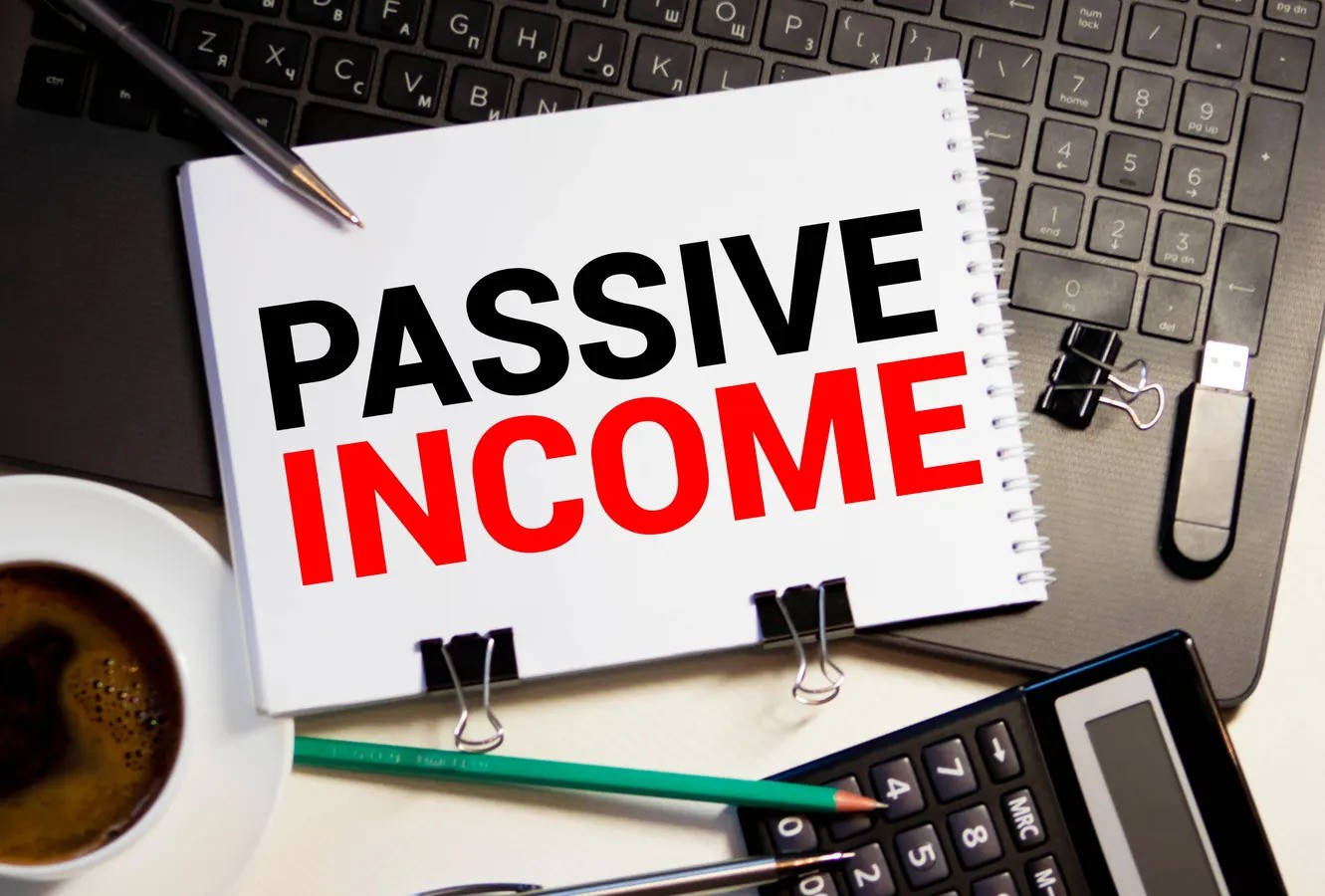In today’s fast-paced world, many people dream of achieving financial independence. The concept of passive income has gained immense popularity as it allows individuals to earn money with minimal ongoing effort. Unlike active income, which requires you to trade time for money, passive income streams can generate earnings even while you sleep. In this article, we will explore various passive income strategies, how to get started, and tips to maximize your returns.
What is Passive Income?
Passive income refers to earnings derived from investments, side businesses, or assets that require little to no daily involvement. While these income streams may require an initial investment of time, money, or effort, they can eventually generate sustainable revenue with minimal maintenance.
Some common examples of passive income include rental properties, dividend stocks, affiliate marketing, and digital products. By strategically building passive income streams, you can create financial security and even achieve early retirement.
Top Passive Income Strategies
Investing in Dividend Stocks
Dividend stocks are shares of companies that distribute a portion of their profits to shareholders regularly. This strategy allows you to earn passive income in the form of dividends without having to sell the stock.
How to Get Started:
- Research dividend-paying companies with a history of stable or growing payouts.
- Use brokerage platforms that allow you to reinvest dividends automatically.
- Diversify your portfolio to reduce risk.
Pros:
- Provides steady cash flow.
- Offers potential capital appreciation.
- Can be reinvested for compounding returns.
Cons:
- Requires an initial investment.
- Market fluctuations can impact returns.
Real Estate Investments
Owning rental properties is one of the most reliable passive income strategies. Whether you invest in residential or commercial real estate, rental income can provide financial stability over the long term.
How to Get Started:
- Purchase a rental property in a high-demand area.
- Hire a property manager to handle maintenance and tenants.
- Consider Real Estate Investment Trusts (REITs) if you prefer a hands-off approach.
Pros:
- Generates consistent rental income.
- Property values tend to appreciate over time.
- Provides tax benefits.
Cons:
- Requires upfront capital.
- Tenant issues and property maintenance can be challenging.
Affiliate Marketing
Affiliate marketing involves promoting other companies’ products and earning a commission on sales made through your referral links. With the right approach, this can become a lucrative passive income source.
How to Get Started:
- Choose a niche and create content around it (blogs, YouTube videos, social media, etc.).
- Partner with reputable affiliate programs like Amazon Associates or ClickBank.
- Optimize SEO and digital marketing strategies to increase traffic.
Pros:
- Low startup costs.
- Can be highly profitable with the right audience.
- Works well with various online platforms.
Cons:
- Requires time to build an audience.
- Income can be inconsistent initially.
Selling Digital Products
Creating and selling digital products, such as e-books, online courses, templates, or stock photos, is an excellent way to generate passive income. Once created, these products can be sold repeatedly without additional production costs.
How to Get Started:
- Identify a profitable niche where you have expertise.
- Develop high-quality digital products and host them on platforms like Udemy, Teachable, or Etsy.
- Market your products through social media and email marketing.
Pros:
- Low overhead costs.
- Unlimited sales potential.
- Can be automated with digital delivery systems.
Cons:
- Requires initial effort to create valuable content.
- Competition can be high.
Creating a Blog or YouTube Channel
Content creation through blogging or vlogging can lead to significant passive income through advertising, sponsorships, and affiliate marketing.
How to Get Started:
- Choose a niche and create engaging, high-quality content.
- Monetize through ad networks like Google AdSense or affiliate links.
- Use SEO and social media marketing to grow your audience.
Pros:
- Can generate long-term revenue with evergreen content.
- Low startup costs.
- Offers multiple income streams (ads, sponsorships, memberships, etc.).
Cons:
- Takes time to build a loyal audience.
- Content creation requires consistency.
Peer-to-Peer Lending
Peer-to-peer (P2P) lending platforms allow you to earn interest by lending money to individuals or businesses.
How to Get Started:
- Join a reputable P2P lending platform like Prosper or LendingClub.
- Diversify your investments across multiple borrowers to reduce risk.
- Monitor loan repayments and reinvest earnings.
Pros:
- Higher potential returns than traditional savings accounts.
- Flexible investment options.
- Minimal maintenance required.
Cons:
- Risk of borrower defaults.
- Interest earnings may be subject to taxes.
Tips for Success in Passive Income
- Start Small and Scale Gradually – Don’t overcommit resources before testing the viability of an income stream.
- Diversify Income Streams – Having multiple passive income sources reduces financial risk.
- Automate Where Possible – Use automation tools to streamline processes and reduce manual effort.
- Reinvest Earnings – Grow your income faster by reinvesting profits into other opportunities.
- Stay Consistent and Patient – Most passive income strategies require time to generate substantial returns.
Key Takeaways
Building passive income streams is a powerful way to achieve financial freedom and create a safety net for your future. While it requires effort and investment initially, the long-term benefits make it worthwhile. By choosing the right strategies and staying committed, you can develop a steady stream of income that works for you—even while you sleep. Start today and take steps toward financial independence!

